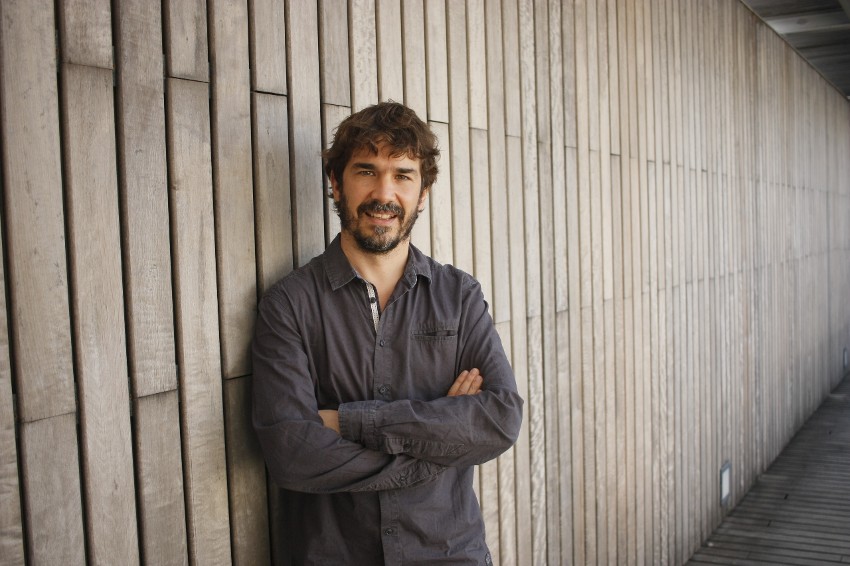UPF to lead the Connected Community of Advanced Microscopy and Bioimage Analysis at EUTOPIA
Oriol Gallego, tenure-track group leader at the Medicine and Life Sciences Department of UPF, will head the work of the CC

EUTOPIA MORE has announced the approval of the second round of selection for Connected Community leads. At UPF, Oriol Gallego, tenure-track group leader at the Medicine and Life Sciences Department of UPF, has been selected to lead the Community of Advanced Microscopy and Bioimage Analysis.
The submitted proposals were approved by the central team of the EUTOPIA MORE Working Package 3, consisting of the highest academic authorities from the universities of the EUTOPIA Alliance. Each university will take on the responsibility of leading a CC each year until 2026. EUTOPIA has expressed gratitude for the received applications and the willingness of the applicants to assume the responsibility of leading a Connected Community.
The appointed members will spearhead the development of integrated thematic networks that foster collaboration among professors, researchers, and students across various campuses. The goal of the Connected Comunity is to increase the international exposure of students and stakeholders through conferences and exchanges, development of cutting-edge curricula integrating bioimaging techniques, joint efforts in seeking funding for large-scale projects, opportunities for high-impact publications through collaborative research, and fostering skill exchange to develop complementary expertise in bioimaging and deep learning. The selected communities from the ten partners of EUTOPIA will remain open to academics from the participating universities in the alliance, as identified in the letters of commitment.
Oriol Gallego
Gallego heads the Live-cell Structural Biology Group at UPF, focusing on developing imaging and analysis methods for understanding the spatial and temporal organization of cell growth-controlling protein machinery. He conducted a postdoc at EMBL, Heidelberg, establishing lipid-binding assays and light microscopy techniques. As a Ramón y Cajal researcher at IRB, Barcelona, he elucidated the architecture of the exocyst complex in yeast, shedding light on vesicle tethering in exocytosis. Currently, his group investigates exocytosis mechanisms using advanced microscopy, biochemistry, proteomics, and integrative modeling. They also explore evolutionary cell biology, studying molecular adaptations in diverse organisms
